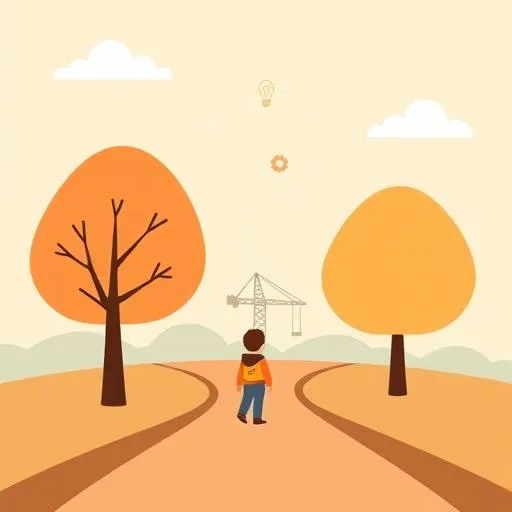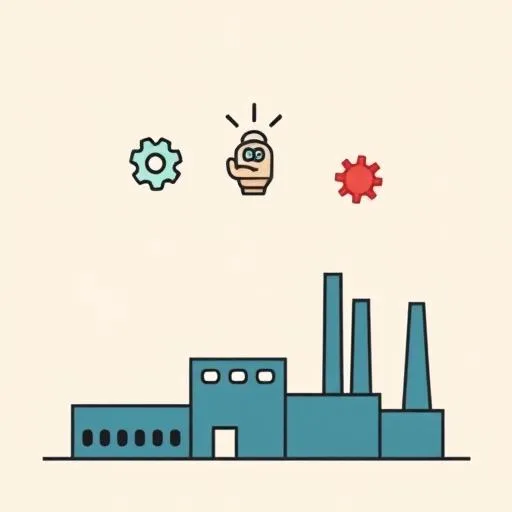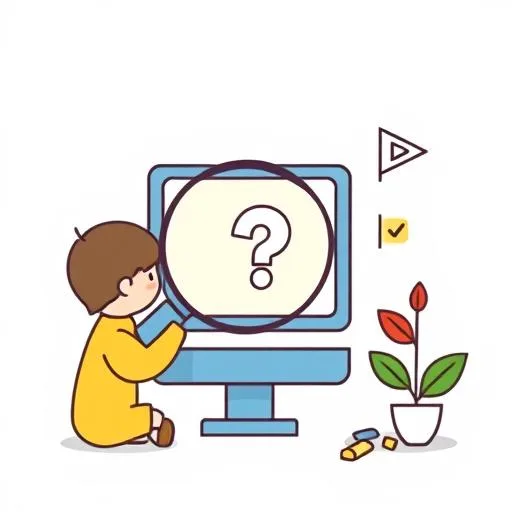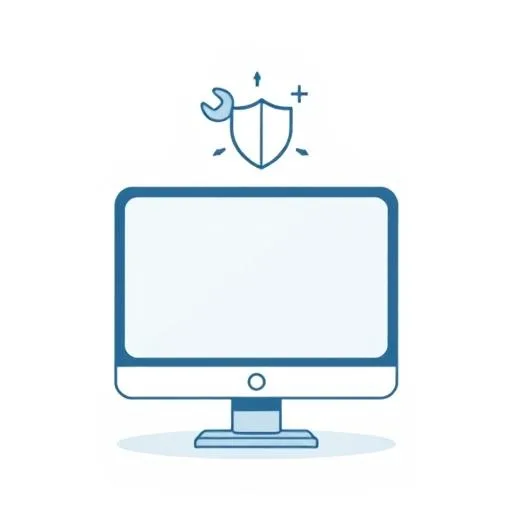
Walking home from school today, the air had that perfect early autumn crispness, the kind that makes you want to take the long way around the park. My daughter was pointing at a huge crane in the distance, her mind buzzing with a million questions about what it was building. It got me thinking about all the incredible things being built that we can’t see—the invisible tools and systems shaping the world she’ll one day lead. It’s not science fiction; it’s happening right now in places like factories, and understanding it is one of the most exciting adventures we can go on as a family.
The Invisible Helpers Building Tomorrow

You might see headlines about things like Salesforce unveiling a new platform called Agentforce for Manufacturing and think, “Okay, that’s for big companies, not for me.” But hold on, because this is truly amazing! Imagine a gigantic workshop where super-smart, invisible helpers are zipping around. They’re checking on all the machines, making sure they have enough parts, and even predicting if something might need a tune-up before it breaks. That’s basically what this is—a powerful digital assistant that helps people who make things do their jobs better, faster, and safer. It’s behind the cool gadgets, cars, and even some of the snacks our kids love, making them faster and safer!
Research from McKinsey shows that this kind of smart technology can boost how well things get done by up to 40%! That is a massive leap. It’s not about replacing people; it’s about giving them superpowers. But just like with any powerful new tool, building trust is everything. The World Economic Forum highlights how important it is to make sure these systems are safe and reliable. For our kids, this isn’t just a cool fact. It’s a glimpse into their future. They’ll be working alongside these kinds of helpers, or even designing them! Getting them excited about the “how” behind the things we use every day—from the tablet in their hands to the bus we ride—sparks a curiosity that will be absolutely priceless. It transforms the world from a place of passive consumption into a giant, thrilling puzzle to solve.
Becoming a Family of Digital Detectives

Speaking of puzzles, did you catch the whirlwind of news about a massive Gmail hack? It sounded terrifying! But here’s where we get to put on our detective hats. It turns out, the reality was different and far less widespread. The issue wasn’t a breach of everyone’s personal Gmail, but a targeted attack on a Salesforce database Google uses for business contacts. It’s a serious issue for those affected, for sure, but not the global password panic some headlines suggested.
WOW, what a perfect teaching moment! This is digital literacy in action. Think of it like the digital version of “don’t believe everything you hear on the playground.” We can sit down with our kids and show them how to trace a story back to its source. We can ask questions together: “Who is reporting this? Are other trustworthy sources saying the same thing?” It’s not about creating fear, but about fostering a healthy skepticism and the confidence to find the truth. We’re not just teaching them to be safe online; we’re teaching them how to think critically, a skill that will serve them everywhere, for the rest of their lives. It’s a team sport, and honestly, figuring it out together makes us all sharper.
The Essential Digital Tune-Up

Speaking of digital maintenance, let’s talk about the news that Windows 10 support is ending next year. My first thought might be a groan, but then I reframe it. This is just like checking the batteries in the smoke detector or getting the car an oil change. It’s basic, essential maintenance to keep our digital home safe and running smoothly. Nearly half of all PCs are still running on it, so it’s a change that will affect a lot of families.
Instead of it being a top-down decree, why not make it a family conversation? We can explain it in simple terms: “The people who built this tool are now focusing on making a newer, stronger, and safer one. To stay protected, we need to move to the new one, too!” It’s a fantastic, low-stakes way to teach the concept of digital responsibility. Our devices aren’t magic boxes; they’re tools we need to care for. This simple act of updating our operating system is a lesson in proactive care, foresight, and understanding that technology is always evolving. And that evolution is something to be embraced, not dreaded!
Putting Our Neighborhood on the Digital Map

What I find truly magical is when all this big, global tech comes right down to our own street corner. Google is now making it easier for local businesses to show up right inside Google Maps through their ads. Suddenly, technology isn’t some far-off concept—it’s the reason we discover that amazing little bakery with the incredible pastries just a short walk away, or how we find out the local bookstore is having a story time.
This is where the digital and physical worlds blend so beautifully. We can literally show our kids how it works. As we’re out for a stroll, we can point to a café and say, “Remember how we found this place on the map? A local owner used a simple tool on their computer to put a little pin on our screen so families like ours could find them.” It connects the dots, showing them that technology is a tool used by people in our community to connect with other people. It fosters an appreciation for local entrepreneurs and builds a deeper sense of connection to the neighborhood we call home. It’s a powerful reminder that behind every pin on a map is a person with a dream, and that’s a beautiful thing to explore together.
Let’s Raise Hopeful, Curious Explorers
So, we have smart factories, digital detective work, system updates, and local discoveries—it’s a lot, but it all points to one thrilling truth: our world is in a constant state of reinvention. It’s an absolute blast! Our job isn’t to be experts on Agentforce or cybersecurity. It’s to remain wildly curious alongside our children. It’s about asking “Wow, how does that work?” and not being afraid to say, “I don’t know, let’s find out together!”
These technologies are not just tools for efficiency; they are invitations to wonder. They are springboards for conversations that build resilience, critical thinking, and a deep-seated optimism about the future. By embracing these changes with open arms and an adventurous spirit, we give our kids the greatest gift of all: the unshakeable belief that they are capable, creative, and ready to thrive in the incredible world they are inheriting. It’s a journey that fills me with hope for their future.
Source: Small Business Tech Roundup: Gmail Hack Rumors, Salesforce AI, Google Ads Maps & Windows 10’s Looming Deadline, Forbes, 2025/09/07 11:00:00
